By MoneyMorning.com.au
Dear Reader,
The ‘Masters of the Market’ are a tricky bunch.
I’m talking about the tiny club of professional billionaire investors who tend to be a few steps ahead of everyone else.
Most Masters keep their motives and intentions well and truly hidden. Or they only share what they think is about to happen in the markets long AFTER they’ve taken positions.
Which is why I’m thrilled to announce that a bit of a coup was pulled off for Money Morning readers in Hong Kong last week.
We had our resources expert Dr Alex Cowie on the ground for the conference. Alex somehow managed to land a meeting with one of our favourite Market Masters, Eric Sprott.
Away from the media and the 3,500 attendees. One-on-one.
In that meeting Sprott shared his best investment idea of 2013 with Alex. And today, as a special Easter Monday treat, we share the full transcript of this private interview below.
Sprott is one of the few ‘Masters’ who likes gold. (He holds 90% of his assets outside of Sprott Inc. shares in precious metals).
But this Merrill Lynch analyst-turned-fund-manager is one of the few ‘Masters’ who is vocal about the mess central bankers are making of the global financial system.
Sprott recently told King World News that the Fed and other central banks have simply lost control: ‘…there is no exit plan. There never was an exit plan, and there is no exit.’
This transcript is a little long. Alex was amazed by how candid Eric was. But I urge you to read the whole thing, because Eric’s take on where the market is going and how to invest for it is fascinating. (I also urge you to look at the five local stock recommendations Alex has that are 100% in line with Eric’s view. To do so, click here.)
Enjoy… (The bolding is our take on the particularly important bits.)
Alex: We’re very lucky to be joined by Eric Sprott today for the latest Strategy Session. Eric spoke as the keynote speaker for Hong Kong Mines and Money 2013, and gave a very rousing speech on the precious metals market. As editor of Diggers and Drillers I’ve been focusing very squarely on the gold market recently. So, thrilled to be joined by Eric today, and looking forward very much to hearing Eric’s thoughts on the gold market.
Eric: Alex I’m happy to be here; anyone who spreads the word on precious metals is in my camp. We need more people to realise that that’s where they should be investing their money, so I’m happy to partake in this.
Alex: I’ve been speaking a great deal recently about the possibility of an inflection point in gold, rallying strongly from here. We’ve seen quite a few technical and fundamental signs that suggest that we could have a serious move from here. Not just in gold but in gold equities too. How are you seeing the gold market from here, what do you anticipate for the rest of the year?
Eric: Well Alex we’ve done a lot of work on gold supply and demand and I’ve written a number of articles, all of which are available at our website sprott.com. And I think the most important one is one we wrote about six months ago, and it basically questioned whether the western central banks had any gold left. And we like to do an analysis of the physical market for gold, not the paper market where seemingly the prices are determined. And our own analysis suggests that the demand for gold is 2400 tons more than the annual supply – which is approximately 4000 tons – which is a very great disparity between supply and demand.
Alex: Yes.
Eric: And then we get there by adding up the Chinese demand the Indian demand, the mint sales. The central banks used to be sellers of gold, now they’re buyers of gold. How do all these people come into the market when supply of gold hasn’t changed in the last 12 years? It’s still 4000 tons a year. And there’s only one answer to the question: that is that the western central banks must be selling their gold.
It’s been analysed by a number of people. The way they do it is on central banks balance sheets they have one line on the financial statement and it’s called gold and gold receivables. So a receivable is gold they don’t have that’s been leased out into the market. Whereas physical gold they have. But we see a combined number and we don’t know what percent of that is leased.
We’ve seen evidence for example the Austrian finance minister when he was challenged, ‘well where’s our gold’, he foolishly made the comment, ‘Well we’ve only got 13% in the country but the rest of it’s either in New York or London, but we made 300 million of interest on it.’ Well you only make interest because you’ve leased the gold out, right? And then that gold of course is gone to satisfy physical demand and when the central bank goes back to the counterparty and says, we want our gold back, it’s not going to be there. Because there’s a shortage.
So I’m with you that there’s going to be an inflection point.
Here we are with these financial events firing up; of course the latest one is in Cyprus, and it looks like there’ll be one in Slovenia, and in my mind it never stops. It just keeps carrying on here.
And of course it’s brought people back to realise that when you can lose money in your bank account, you are way better off owning gold than having a deposit in the bank.
When Venezuela devalued by 40%, if the citizens had owned gold they would have lost nothing. When Iceland devalued, if the residents had owned gold they wouldn’t have lost 60% of their money. I don’t know how many more countries it takes to have these events happen until the world finally clicks in to realising it’s better to own gold than it is to have a bank deposit.
Alex: What about Chinese accumulation of gold? We know from official data that they’re the biggest consumer in terms of importing.
Eric: And manufacturing.
Alex: And manufacturing as well.
Eric: There’s a voracious Chinese appetite for gold. And I don’t believe it’s just the citizens of China. I think it’s the People’s Republic Bank of China that’s actually buying the gold. If I was in China, and you see what’s going on in some of these countries and the printing of money, they should be taking all their bonds and owning gold. But they’re smart enough to know that they can’t buy so much that everyone gets tipped off to the fact that there’s no gold left. So they’re going to just slowly bleed these western central banks dry of their gold.
Alex: Well we heard from People’s Bank of China last week suggesting that they hadn’t increased their holding over the last three years, from 1,054 tons. Let’s file that under ‘fairy tale’.
Eric: I don’t believe that for a second. It seems so obvious to me. They haven’t been buying US treasury bills or treasury bonds for the last 18 months. I think it doesn’t take a rocket scientist to realise that owning gold is probably the best thing you can do these days as a central bank.
Alex: Are you up for any sort of gold price targets?
Eric: You know that’s the toughest thing in the world to analyse Alex, because you know…you tell me how much they’re going to print in the future and I’ll tell you what the gold price should be, right?
I mean lots of people have done that analysis. With this much money in the world the price of gold should be $10,000 or $12,000. And of course the amount being printed is escalating, so it’s a moving target. It’s way beyond where we are today. It’s many times higher than where we are today, is what I would say. You know, we may look back in 2017 and now we’re printing 8 trillion a year, and the number could be $20,000. It’s just a moving target, but I know it’s a lot higher than today.
Alex: Well one of the reasons I’m suspicious of an inflection point happening sometime this year is the drop in physical supply.
Eric: I get the distinct feeling that they could very well be running on fumes. There’s lots of chatter about, you know, they went into Libya to get the gold, MF Global was closed down and nobody received their gold, and there’s some chatter about Cyprus has some gold. Maybe they’ll end up getting that gold out of this whole thing, and have a little amount to supply the market.
But it’s a game that they’re going to lose here. And I certainly know why they’re doing it. Because I think their explanation of some kind of economic recovery doesn’t hold true when it comes to the man in the street. Yes the stock market’s up, because the central banks are supporting it, but when it comes to looking at the fundamental economic strength, it’s just not there.
Alex: We’ve seen food stamp participants rising to 15% of the American population.
Eric: Yeah, well it’s gone up by at least 27 million people in the last five years. And over that same time period we lost 3.6 million jobs. So you think, well how can that group of the population be better off? They’ve got less money to spend. So there is no recovery going on.
Alex: Neither in Europe?
Eric: I don’t know if it’s a recession or a depression, quite frankly. But it could be defined as either. When you have 25% unemployment in Greece and Spain, and 50% youth unemployment, I mean that’s a depression.
And one of the theses that I have is that weakness begets weakness. So for example, if somebody announces a layoff, JP Morgan says they’re going to lose 19,000 employees, it doesn’t just affect the 19,000 employees, it affects the people whose services these 19,000 people would buy. And there’s only one way to stop weakness begetting weakness, and that is through some overt policy that comes in from the outside and changes the dynamic. And typically, under Keynesian analysis, that was fiscal policy or monetary policy.
We have no room on fiscal policy; we have austerity programs in most countries in Europe, we essentially are having austerity forced on the United States because of the whole fiscal cliff and the sequestration, and so fiscal policy is off the table.
And of course the deficits are at record highs already. And in terms of monetary policy, we already have the zero interest rate, and we have money printing. I don’t see any room for some outside influence to come along and cause this change in weakness.
Alex: Under those financial conditions, macro-economic conditions, we’d be expecting gold and silver to be the indicator of just how bad things are.
Eric: You would.
Alex: You can only suppose that there’s been a bit of discrete supply into the market to suppress that.
Eric: That’s totally what I think. I think when the world wakes up to the fact that having money in a bank is a risky situation because of leveraged financial counterparties…and when this financial system caves a little…all of a sudden the balance sheets of the banks can’t support the deposit liability. Which is what we’re already saw it in Greece. We’re seeing it in Cyrpus. We’re going to see it in other countries.
I think it’s a very risky thing having money in a bank, and that’s why I keep suggesting, whether it’s gold or silver or some other precious metal, something real is the preferred asset.
Alex: I’ve certainly been buying gold and silver, physical gold and silver, taking ownership of it, not just for myself but for my children as well. So I’m taking a five to ten year view, at least. Because we’re five or six years into this crisis and clearly nothing’s getting much better.
So there’s a good opportunity there in precious metals, physical precious metals, but also equities. If we could move to gold equities. They’re at record lows whichever way you want to slice and dice them, whichever metrics you want to look at. Do you see an inflection point happening there soon?
Eric: Well I’ve always said the stocks won’t go up until the metals go up, because everyone looks at the metal price and says, ‘Oh my god the price of the metal went down I don’t want to own the stocks.’ But typically when the metal goes up, the stocks outperform by at least two to three times. So if we can get a sustained move here – and we can’t just go to 1650 and give it up again, we’ve got to look like we’re going to a new high here – then of course the metal stocks have so much to get back again. And out of the 2009 bottom, the metal stocks put on a 200% gain in about nine months, because gold went up to $1920, obviously a new high.
Alex: And that’s just for the larger producers. Whereas the smaller developers and explorers rose even more.
Eric: The small companies always outperform the big companies, because they have more room to expand. I’d much rather buy a guy whose producing 100,000 ounces who can go to 200,000 ounces, ie who could double his income, than a major guy who’s at five million who thinks he might get to 5.5 million in three years, so there’s not the same growth element. So I always prefer the small to midcap guy, as providing by far the bigger return
Alex: I was hoping that you’d say that, because that’s what I’ve been doing a lot of recently, tipping those small to midcap guys. [To find out which guys, click here. -Ed]
So you think that from this level it’s quite realistic that, when we do see a sustained move for gold above 1650 or 1700, that gold stocks could rally hard?
Eric: I think that as it approaches 1700, people will realise it’s going to be a sustained rally. And it’s not as though the stocks haven’t started moving already.
I mean they have, we had a day recently where the gold price went up half a percent and the gold stocks went up 2.5%, because they are so oversold here.
Plus you’ve got short positions on them so there’s a bit of vulnerability from the guys that are short. And particularly as they realise that ‘hold one now maybe the mood towards precious metals has changed here’, and all of a sudden they think, ‘Gee, maybe it will go higher because of the developments in the financial system.’
Alex: It’s quite amazing how quickly and how extremely the sentiment can change. And that’s why you need to be set before the event.
Eric: Right, right.
Alex: Now Eric I’ve taken too much of your time already, so we better wrap it up there. Thank you very much.
Eric: Alex, a pleasure being with you.
Alex: Likewise, thank you.
***********************
Even as Alex was talking with Eric in Hong Kong, there were significant moves in the gold sector. A number of small cap gold explorers are starting to get major interest from brokers for the first time in what seems an age.
The ‘Gee, maybe it will go higher’ theory of Eric’s seems to be panning out already. Institutional money is once again on the lookout for cash-rich explorers ticking all the boxes on the road to production.
Alex has two such companies on his recommendation list right now.
One recently punched 20% in a single treading session in this month on takeover talk. It’s pulled back since then, which in Alex’s books makes it the most urgent buy on his share list.
And on the day Alex gave his own speech on gold stocks in Hong Kong, another of his gold mining recommendations announced a $52 million share placement.
What does it need the money for?
It’s just discovered a 4.2 million ounce ‘monster’ gold deposit in Mali. It needs the cash to fast-track the project.
In total Alex has five Australian gold explorers and producers that he believes are primed for huge gains if Sprott’s thesis on a supply shortage in the gold market proves correct in 2013.
To find out what these five gold stocks are, click here.
There you’ll be offered a trial subscription of Alex’s newsletter, Diggers and Drillers.
You’ll get Alex’s gold tips, plus secure access to the names of all the other resource and mining stocks on the Diggers and Drillers share list for the next 30 days. If – for whatever reason – you don’t want to remain a subscriber, simply cancel within that 30 days.
You will receive a 100% refund of the small subscription fee, no questions asked.
Alex had gainers in 2012 including 53%, 27% and 14.7%. His star performer ended 2012 up 175%. He also helped his readers avoid carnage by completely avoiding iron ore stocks that year.
Alex’s biggest prediction so far for 2013 is a major, major comeback in gold mining shares.
Ex-Fed Chairman Paul Volker admitted that in the 1970′s ‘the biggest mistake we made was not controlling the gold price’. Eric Sprott expects that the gold price is being similarly managed today to create the illusion of recovery…when nothing could be further from the truth. If, like Eric Sprott, you agree with Alex’s thesis that gold – and gold stocks – are about to take off again, you should take a look at Alex’s plan for profiting from it.
To do so, click here.
Regards,
Dan Denning,
Money Morning Australia
Related Articles
Diggers and Drillers:
Five Reasons Why Gold Stocks Are Set to Rebound

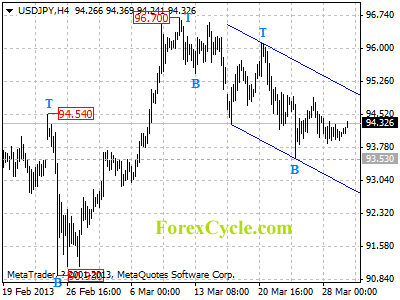

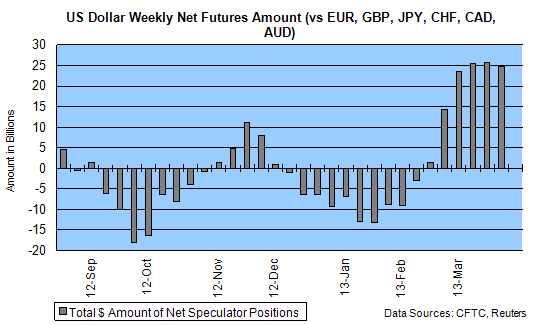
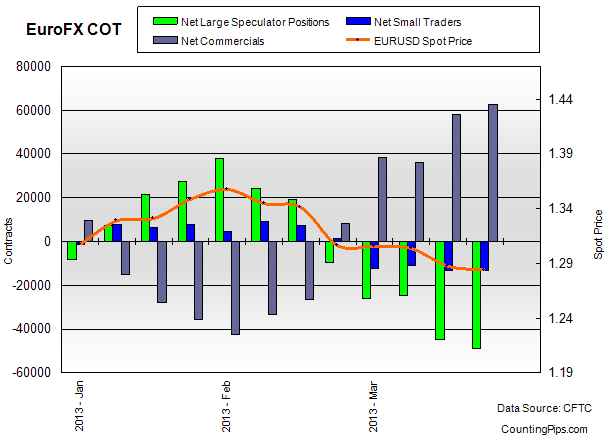
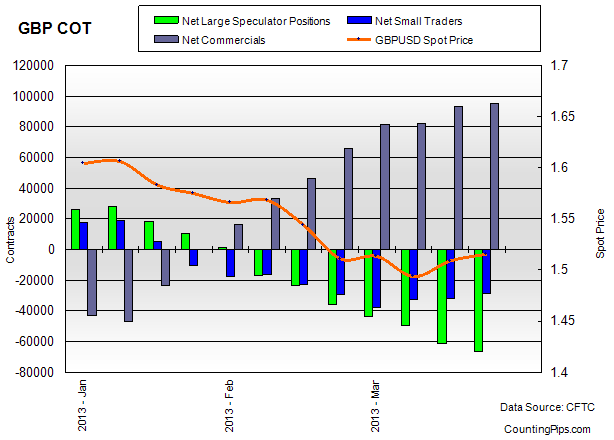
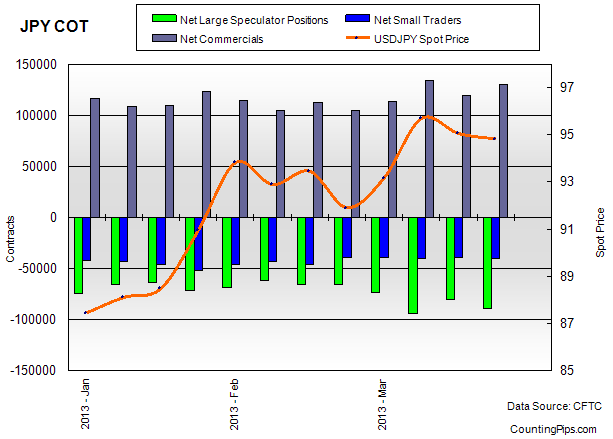
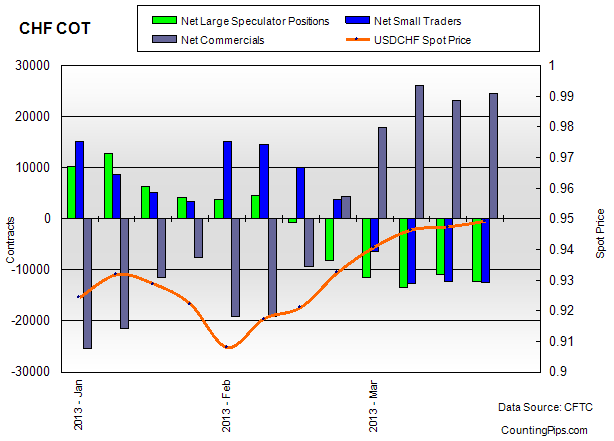
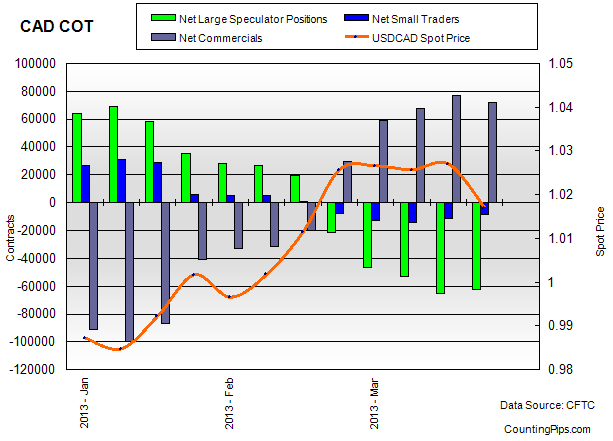
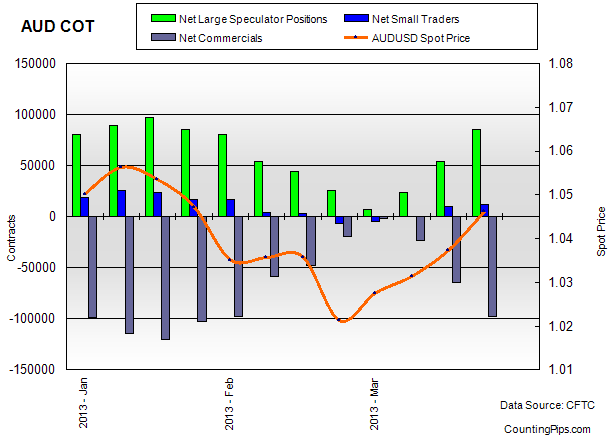
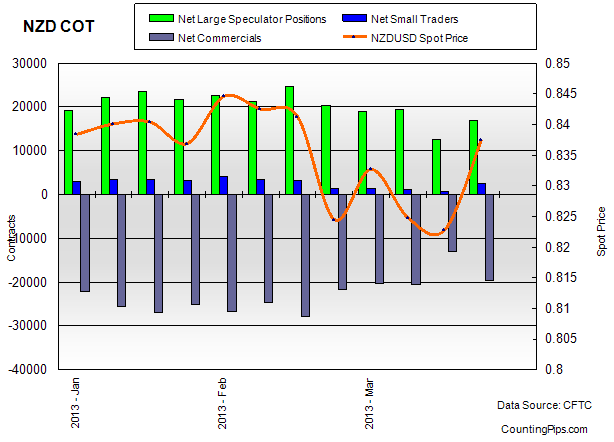
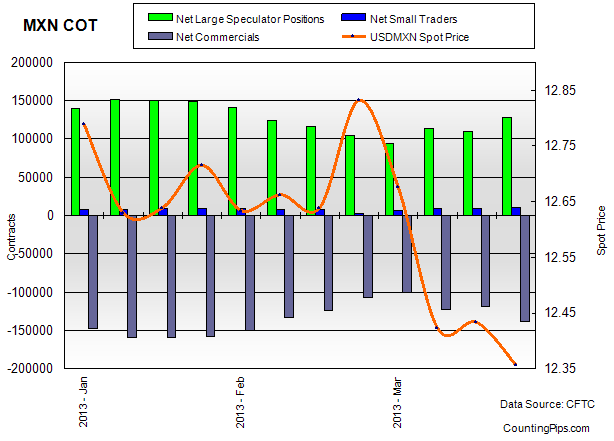

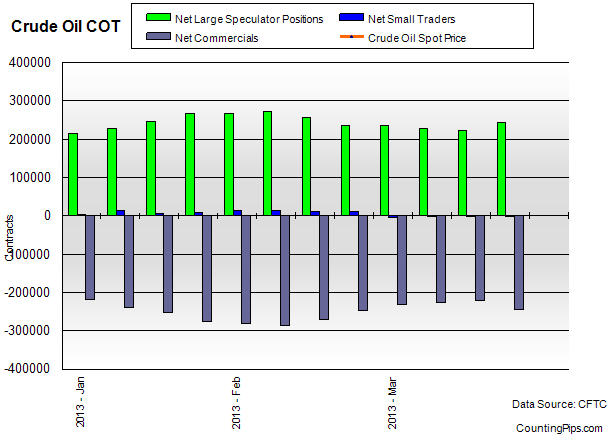

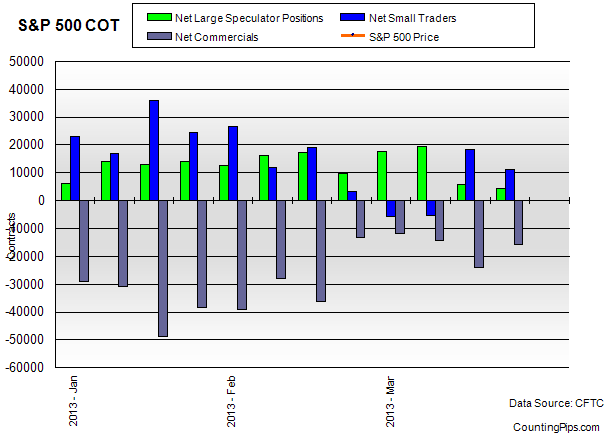
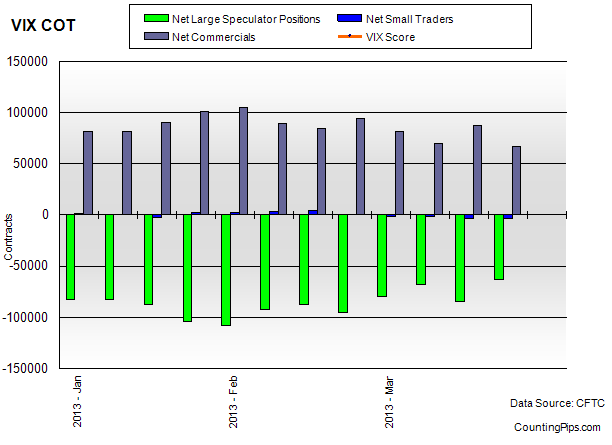
 Source: National Human Genome Research Institute
Source: National Human Genome Research Institute
